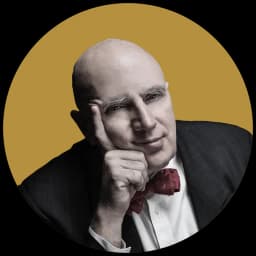Bokani Dyer’s Music Feels All-Encompassing Even While Being Unique
The pianist, bandleader, composer, and frequent vocalist has given us two very different kinds of music with two very different bands, neither of which fits into conventional categories.

Bokani Dyer
‘Radio Sechaba’
Brownswood Recordings
Please check your email.
A verification code has been sent to
Didn't get a code? Click to resend.
To continue reading, please select:
Enter your email to read for FREE
Get 1 FREE article
Join the Sun for a PENNY A DAY
$0.01/day for 60 days
Cancel anytime
100% ad free experience
Unlimited article and commenting access
Full annual dues ($120) billed after 60 days

